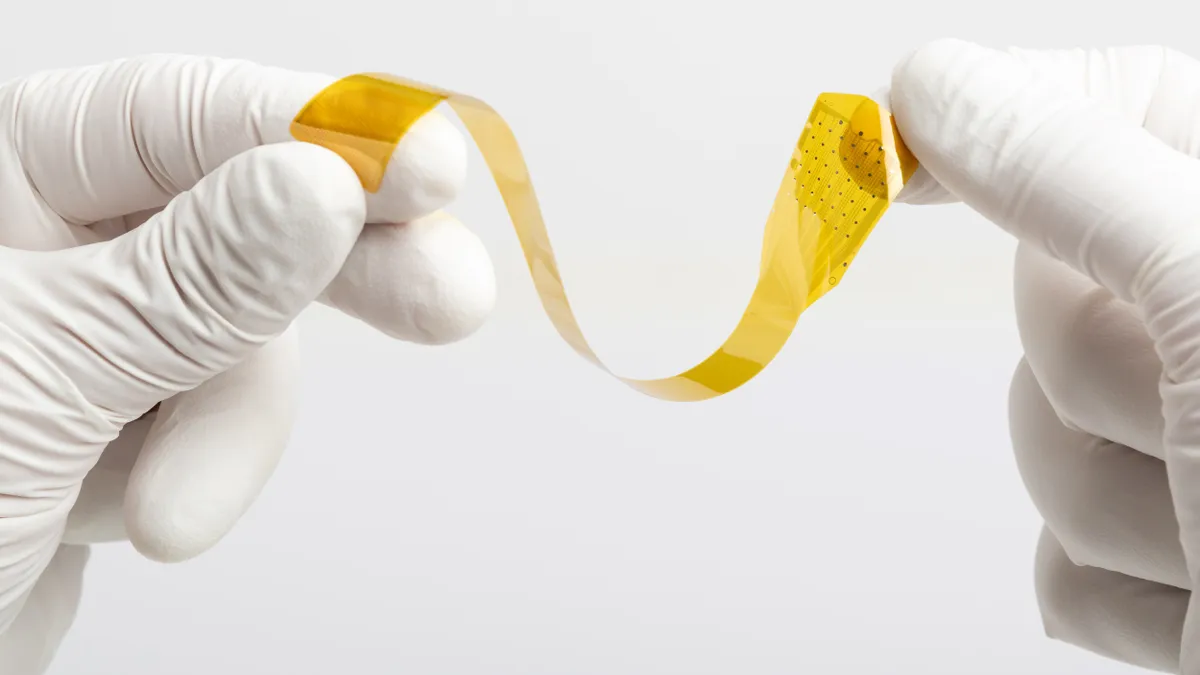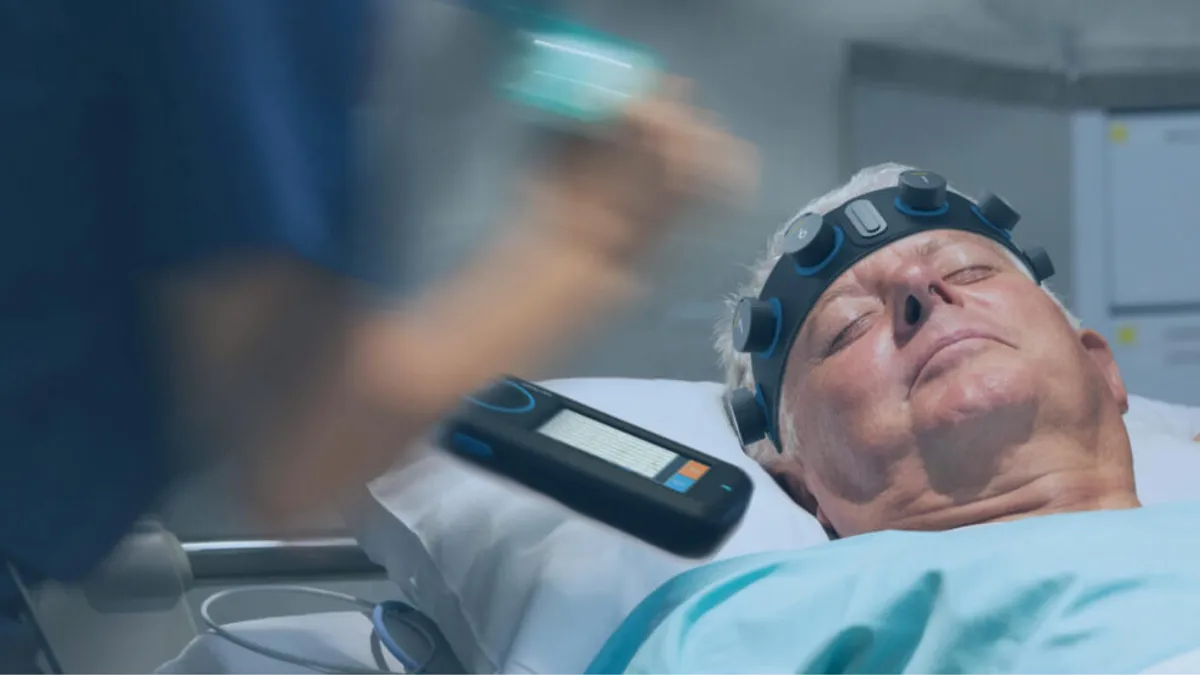Growth in value-based payment arrangements for medical devices is expected to accelerate as regulatory constraints ease and better analytics are developed for tracking outcomes, according to research out this month from the Deloitte Center for Health Solutions.
The healthcare system's relentless cost pressures, combined with growing interest in proving value through improved clinical outcomes and reducing hospital readmissions, are driving demand for new types of contracts based on financial risk-sharing or product performance. Consolidating health systems have more purchasing power, and value committees at hospitals are increasingly selective about which technologies they buy.
“Most of the clients I’m working with are either considering or planning to implement these models,” said co-author Jay Zhu, a managing director at Deloitte.
Based on interviews with medtech manufacturers, health systems, health plans and other experts, Deloitte researchers identified several payment models in use across two broad categories of devices: those that treat chronic diseases such as cardiovascular conditions and diabetes, and hospital-based equipment such as diagnostic imaging, monitoring and surgical devices.
“These are the high-spending categories that providers care about,” Zhu told MedTech Dive.
One example Deloitte cited is the value-based contract between Medtronic and UnitedHealthcare for insulin pump therapy. The arrangement between the manufacturer and payer makes Medtronic’s device the exclusive pump for UnitedHealthcare plan members. That agreement has helped Medtronic gain new users while producing cost savings of 20% to 30% for UnitedHealthcare, Zhu said.
But the exclusivity of that setup has not gone without criticism; diabetes research nonprofit JDRF has lobbied for United to drop the arrangement, arguing it limits patient choice.
Aetna and Anthem have also partnered with health systems on new payment models. Most of the new arrangements, however, are being developed between device manufacturers and healthcare providers. The Deloitte report outlined four main types of contracting models in medtech:
Outcome guarantee model with risk-sharing. In this model, device manufacturers give large discounts or rebates to providers if certain clinical or economic outcomes are not met. Medtronic has about 1,000 contracts for its Tyrx antibacterial sleeve that require it to reimburse hospitals for some costs if the device fails to prevent infection in patients who get cardiac implants.
Also falling under this type of arrangement is Abbott's Quadra heart rhythm device. An agreement with group purchasing organization HealthTrust requires the device maker to pay hospitals a 45% rebate on the cost of cardiac resynchronization therapy if a lead revision is needed for certain reasons in the first year of implantation.
Similarly, Johnson & Johnson guarantees a discount to the provider on the cost of its Thermocool catheter ablation device in a second procedure if it is needed within a year of an initial treatment.
Gain-sharing model with risk-sharing. Such a situation entails manufacturers sell their devices at a discounted price in exchange for a portion of the cost savings or revenue generated from use of the product. As an example, Medtronic’s arrangement with Aetna to cover diabetes patients who transition from multiple daily injections to an insulin pump evaluates patient outcomes and the total cost of care in determining the device maker’s payment.
BD subsidiary Bard sells its antimicrobial catheter for a lower price than a standard catheter if the hospital agrees to split any savings from the prevention of urinary tract infections with use of the device. Likewise, Bruin Biometrics has signed risk-sharing agreements with U.K. healthcare providers for its handheld wireless scanner that involve payments tied to the early detection of pressure ulcers.
Device as a service model. This form of contract gives providers access to technologies without buying them. Deloitte cited Philips, which has an 11-year agreement to use patient monitoring systems for a per-patient fee for monitoring usage hours only.
Management service model. In this scenario, operation of a laboratory or clinic is outsourced to a medtech company.
Technological advances such as remote patient monitoring, telemedicine and use of artificial intelligence support a shift to value-based contracting by facilitating greater sharing of data, Zhu said. “Digital therapeutics and wearables can play a key role. The ability to track data is a big catalyst for the shift to value-based care,” he said.
Standing in the way of alternative payment model expansion are concerns that such arrangements could run afoul of anti-kickback laws. Zhu said the medtech industry is actively working with regulatory bodies to create clearer paths for manufacturers to pursue these new payment models.
The Deloitte report also notes that CMS has not set a precedent in how it pays for medical technologies to support coverage with evidence-based or new technology add-on models.
“The good news is that the CMS has shown its willingness to explore payment options by recognizing and developing ICD-10 codes for new technologies, and they are particularly interested in technologies that reduce overall cost and are user-friendly,” the report said.


















